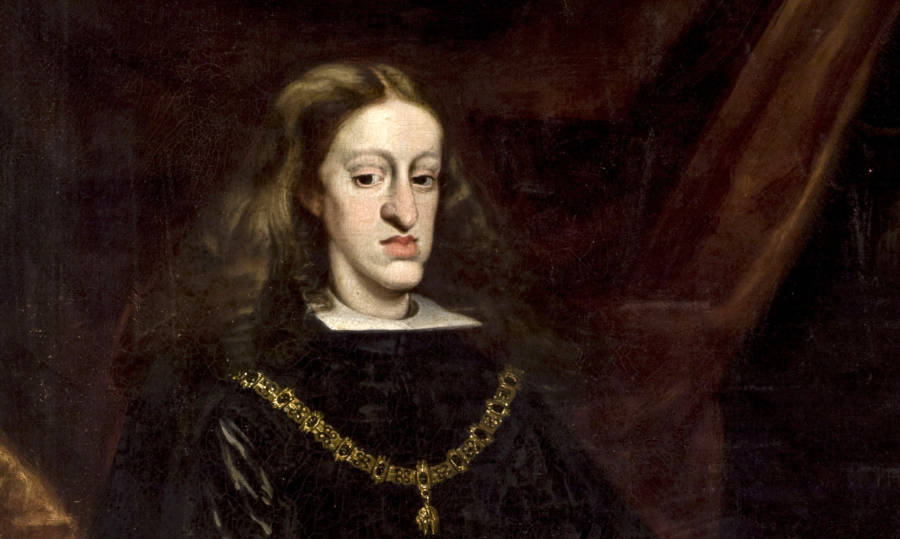Playing zero-sum status games is down to our animal instinct. We have evolved to play those. But the way we can be more human is to seek wealth.
Last week, an old friend from high school sent me this podcast, based on all that I’ve been writing here of late on status-seeking, wealth-seeking, and zero and positive sum games.
I haven’t listened to the full conversation, but only a small snippet (the bit that my friend asked me to listen to, from minutes 20 to 30).
Then, on Sunday night, I started re-reading Jordan Peterson’s 12 Rules For Life. I’m in the middle of the first chapter now (one of my favourites from the first reading, and which I’ve read multiple times). This is the one about depression and serotonin. And that triggered further thoughts on status and wealth and all that.
So some pertinent observations based on these:
- Mating is a status game. Across species, creatures desire to mate with the highest status members of the opposite sex. And you maximise your chances of that by increasing your own status.
A high status individual (of whatever species) will have greater access to mates, and greater access to high-quality mates, and thus greater chance of propagating their genes.
Thus, we have evolved to seek status, not wealth
- You may argue that in human society, wealth is also an avenue for getting superior mates. However, the problem with this is that we are simply using wealth to buy status in this case. The fundamental reason your mate wants to mate with you is your status, which, in this case, you have got on account of your wealth.
- Status seeking is zero sum, as Naval Ravikant says in that viral podcast. As the above linked podcast (which is about Rene Girard and mimetic desire) says, when we seek status, we seek to imitate people with higher status than us.
There are two problems with this kind of approach. Firstly, by doing things that higher status people have done, we don’t necessarily get that kind of status. Especially when the things we do are things that involve power-law payoffs.
Secondly, if everyone imitates the same kind of high status individuals, everyone ends up seeking the same thing. If you and I are seeking the same thing, we don’t trade with each other. And thus we don’t make each other better off.
If we are seeking wealth (an unnatural thing, as explained above), rather than status, we go about it in our own ways, and that makes it easy for us to trade and all get ahead towards our respective goals.
- The podcast talks about how people with conditions such as Asperger’s (or anything on the spectrum, or anything that reduces empathy) have inferior empathy, and that means they see less need to conform, or to imitate. And this can lead to them achieving superior outcomes since they do things their own way (I add that this can also lead to them achieving inferior outcomes – basically “vol goes up”).
Sounds good to me
- When we imitate others too much, they become rivals to us. Whether you consciously think of them that way or not. And this can lead to misery to all parties (unless you are high-status, or wealthy, enough to not care)
- At the beginning of Pink Floyd’s Keep Talking (Division Bell), Stephen Hawking comes on and says “for millions of years, mankind lived just like the animals. Then something happened which unleashed the power of our imagination. We learnt to talk”.
And when we learnt to talk, one of the powers of our imagination that got unleashed was the ability to trade. We figured out that by trading, we can build wealth. And by building wealth, we have an easy means of cooperation. And the ability to play positive sum games. And not having to futilely play status games all the time.
In some sense, trade, commerce and wealth are the fundamentals of what makes us human. It just happens that we’ve evolved to seek status instead, and so we keep pulling each other down.


